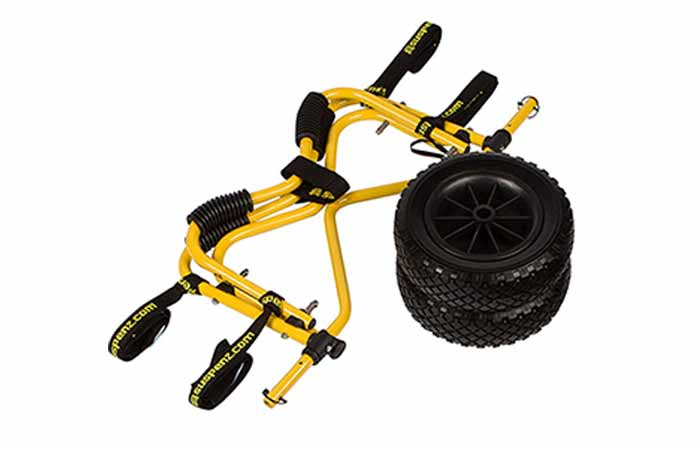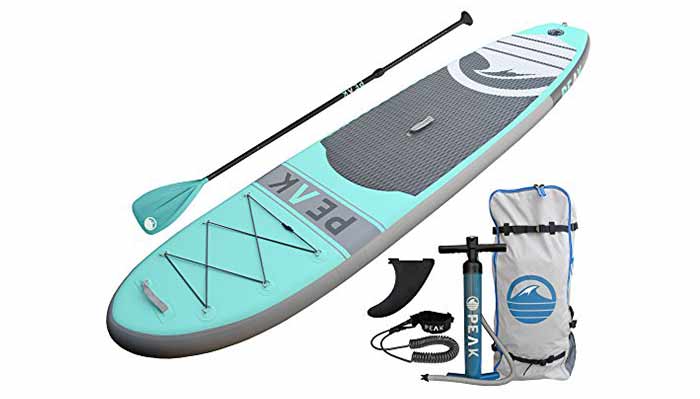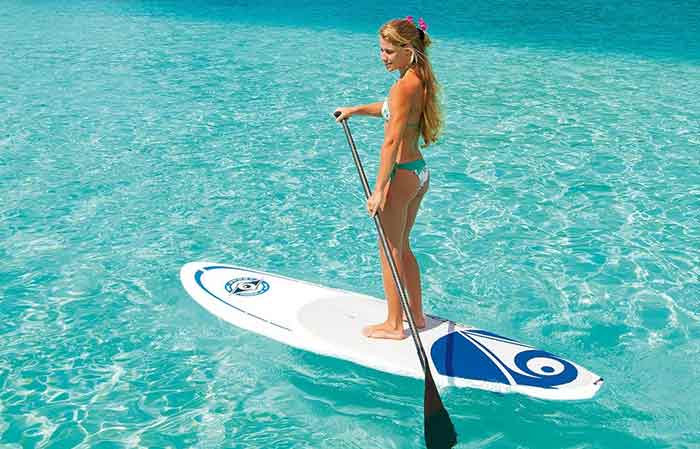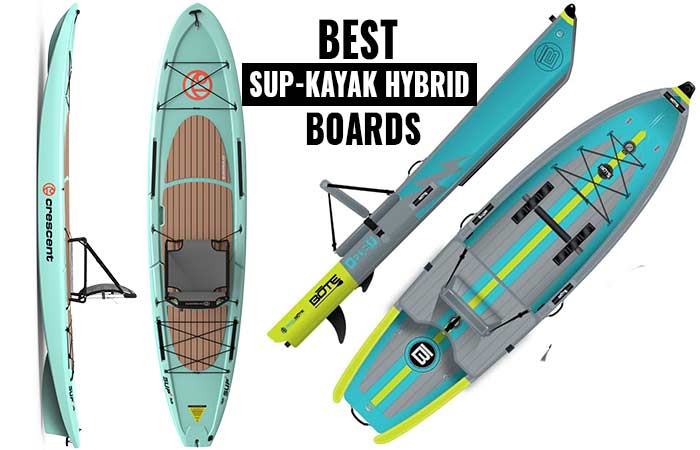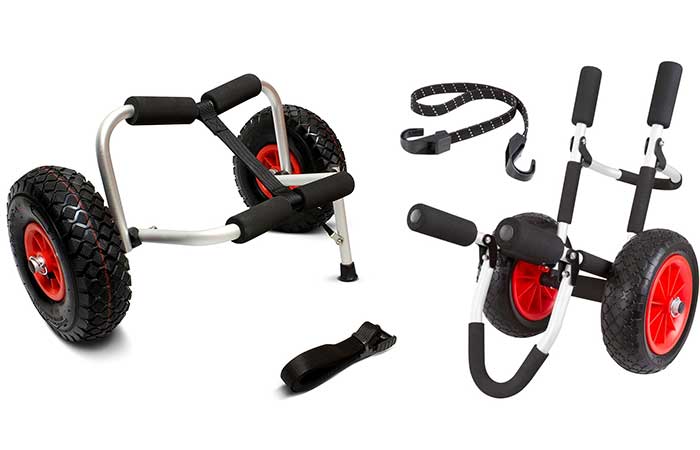How to Get Back on a Paddle Board After Falling
One of the hardest things to do as a novice paddle is to get on top of a paddleboard. The waving waters, wind moving from all directions, the unstable board; all these factors make it even harder for you to get onto the board and avoid falling off again.
Here is a guide on what you can do to quickly mount and stand on a paddleboard any time you plunge onto the water and how to fall off safely either as you learn for the first time or take a refresher course.
Steps to get on a Paddle Board After Falling
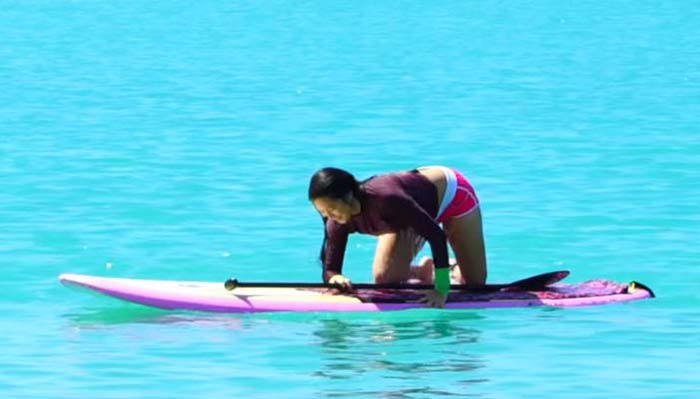
Falling is inevitable. One way or another you will lose your stability and before you know it you’re in the water wadding around. For some, this is a frightening moment because you’re unsure of what to do. If you find yourself in such a situation, here’s a guide on the next steps you can take.
- The moment you feel you’re about to fall, aim your body towards the water as the board, especially if it is the solid type, can hurt you which will make it even more difficult to get back on the board. Avoid falling feet fast especially in shallow waters.
- Immediately after the fall, if have no leash, look for the location of both your board and your paddle. Head for the board first.
- As a rule of thumb, when you fall in deep water, the first thing is to try to get into a horizontal floating position. Treading is an option but it won’t help in this case. While in the horizontal position, kick behind your body and get yourself to the side of the board. Avoid kicking below the board as it will be almost impossible to get onto the board.
- Locate the center of the board, grab the handle at the midsection using your predominant hand and pull yourself onto the board.
- Once on the board, assume a sitting or kneeling position. Paddle with your hands to paddle.
- After getting your paddle, follow the how-to-stand steps above and keep on having fun…
How to Fall off Paddleboard Safely
Falling is normal for beginners who are learning to balance on the board. Experienced surfers can also fall off especially when paddling in water bodies that are not calm. A windy condition can make the water choppy and rough leading to a wobble and eventually a fall.
There following is how to fall off safely and properly.
- When you fall relax, just let go… tensed up muscles can result in injuries especially if you heat an object on your way down.
- Resist the temptation to hold onto the board while falling. Ensure you fall away from your board preferably to the sides away from the nose and tail. Paddleboards are hard and falling on them results in injuries.
- Fall flat either on your belly or back so as to avoid falling deep down into the water. Do not dive head-first off your board because the water may be shallow and you may end up hitting an object that may be lurking below the surface
- Most people would that you hold onto paddle while you fall but it is not really necessary. If you’re a beginner simply let it go and just focus on falling properly.
- Once you’re in the water, you’ll want to definitely stay with your board or find it if you had no leash on. The board is more important than the paddle. You can use the board to find the paddle but you cannot use a paddle to find the board.
- When resurfacing, it’s always best to lead with your hand, not with your head. This will allow you to make sure you’re coming up to the surface with a clear path and will prevent you from you hitting or getting hit by your board
Tips to avoid falling
- Always paddle with a board leash. With the leash, your board won’t drift away.
- Have the right-sized board and spend some to master balancing paddling with the proper technique
Further SUP Ideas & How-tos
The following is a collection of more Stand up paddleboarding ideas and board guides
Paddleboarding
- What to Wear for Stand Up Paddleboarding?
- How to Paddle Board-Is it Hard? SUP Beginner Techniques & Tricks
- SUP Paddleboarding Tips & Tricks Every Paddleboarder should know
- How many Calories does Paddleboarding Burn?
- Best Paddle Board Workouts/Exercises to Improve Your Fitness
- Benefits of Paddleboarding(SUP)
SUP Equipment & Accessories
- Best Large SUPs for Bigs Guys & Multi-person(2-6)
- Best Bamboo Paddle Boards
- Best SUP-Kayak Hybrid Boards
- Best Fishing SUPs
- Best Pumps for Inflatable Stand Up Paddleboards(ISUPS)
- What Size Paddle Board Do I Need?
- Types of Stand Up Paddleboards
- Inflatable vs Solid/Rigid Paddleboards
- How Long Do Inflatable Paddle Boards Last?
- How to Store SUPs-Storage Ideas & DIY Option
- Best Paddle Board Roof Racks for Cars, SUVs & Trucks

